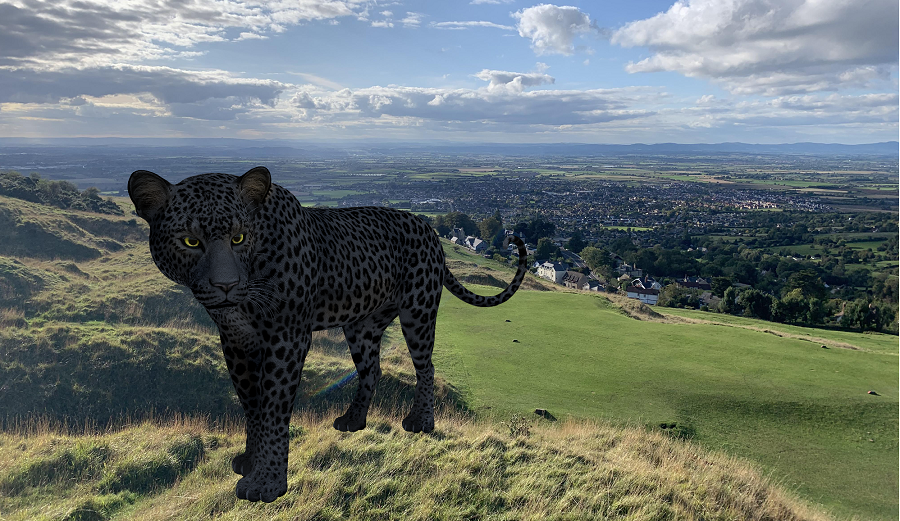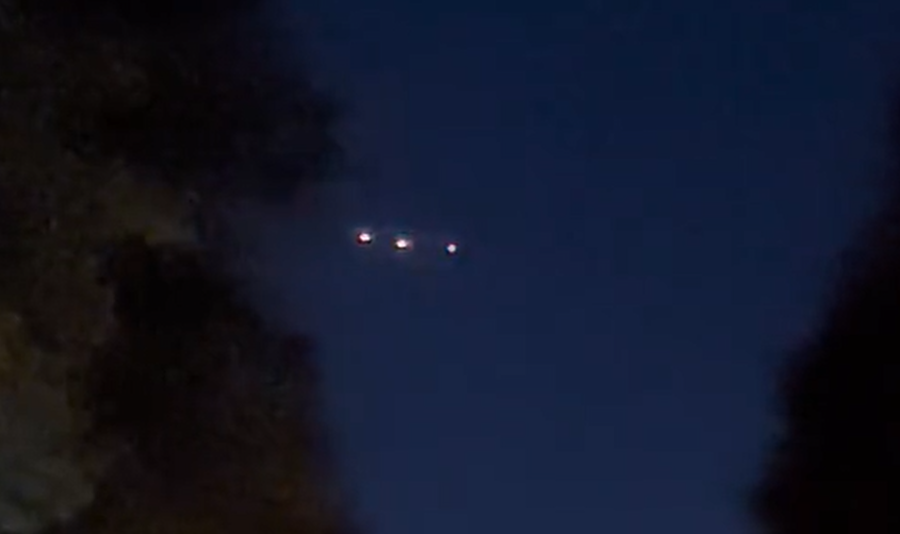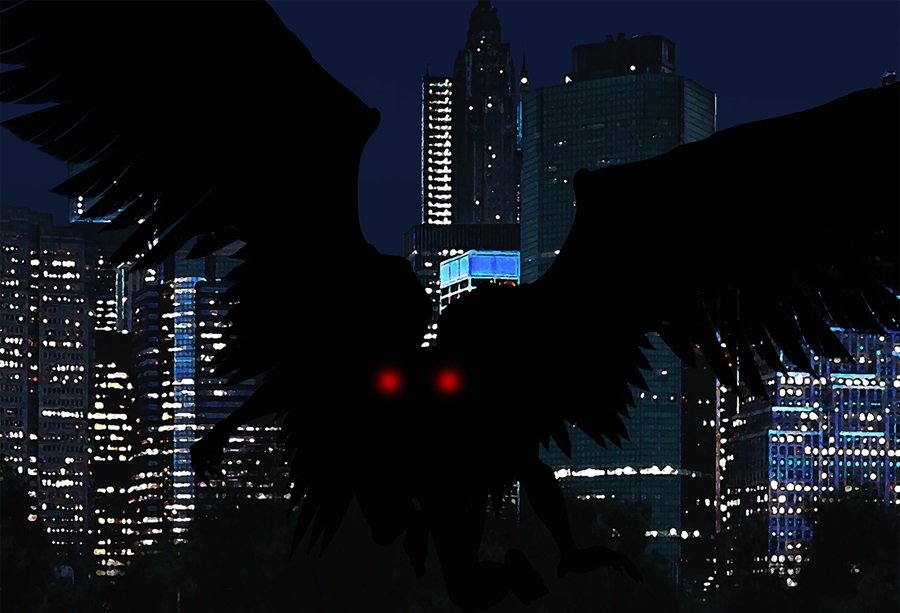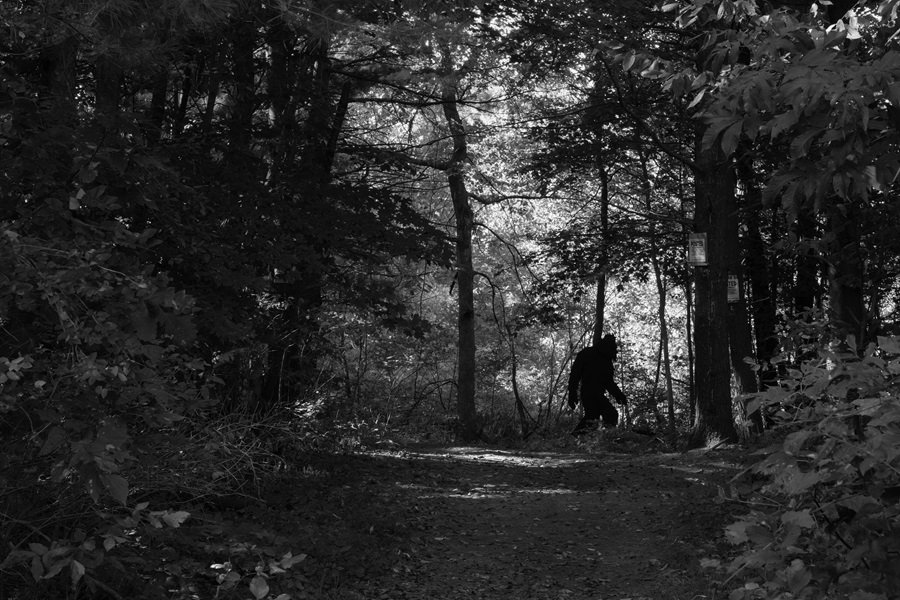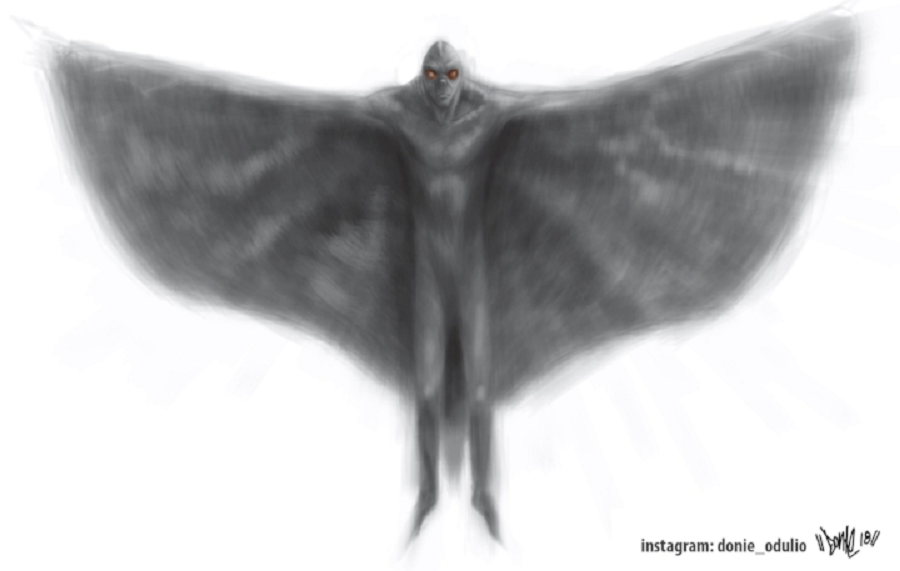Woman Claims to Have Photographed 'Muscular Puma' in Cumbria, England
Some are pointing to the coloration of this feline’s ears and its round eyes as evidence that it is more than a common housecat. (Big Cats in Cumbria / Facebook)
A series of photographs recently released anonymously through the private Facebook group Big Cats in Cumbria show what some are claiming is a mysterious big cat.
The witness explained that she noticed the animal when she stopped in the middle of the English countryside to get something out of her van. She said the cat was eating a pigeon as it watched her, and that she was able to take three photos on her phone before it left.
“At least one person had reported him crossing the road at night," the witness said. "I thought it was a lynx but the markings are not there and the tail is too long. I don’t think he had tufted ears, but they had black tips.”
According to Sharon Larkin-Snowden, listed as the Facebook group's administrator, “The witness said it was muscular and the size of a collie. Either a caracal or young puma. The size of the cat caught her attention and she was lucky enough to get these photos before it slinked off. Maybe not our panther but this is one of the smaller big cats."
“She left it a chicken sandwich before she left after the sighting," Larkin-Snowden said. "She is going back just in case it’s still about.”
“This has to be some of the best photographic evidence up-to-date," she added. “To get a decent photo is difficult. To get three shots takes some doing. Brave lady!”
The cat was described as “muscular and the size of a collie.” (Big Cats in Cumbria / Facebook)
Opinions on what exactly the witness photographed vary, although common speculations include a young puma—also known as a panther, cougar, or mountain lion—a caracal, or a jungle cat. Pumas are big cats native to the Americas, while both caracals and jungle cats are medium-sized wildcats native to parts of Africa and Asia.
There are no species of big cat or wildcat known to be native to England.
The exact location of the sighting is reportedly being kept secret to prevent others from searching for the feline.
(Big Cats in Cumbria / Facebook)
Reports of big cats in Cumbria have become somewhat commonplace, with more than 40 sightings of a mysterious black panther reported since 2003, according to Cumbria Police. Although pumas are sometimes called panthers, the term black panther is generally applied to melanistic jaguars and leopards. True melanistic pumas do not officially exist, as so far none have been captured or killed.
This is the second such incident to come out of England in April, since the image of a "large wildcat with big claws" was taken by an anonymous man on April 11th in Cambridge—roughly 250 miles southeast of Cumbria.
To report your own encounter with the impossible, reach out to us directly at the Singular Fortean Society through our contact page.
If you enjoyed this article and would like to support the Singular Fortean Society, please consider becoming an official member by signing up through our Patreon page—membership includes a ton of extra content and behind-the-scenes access to the Society’s inner workings.









